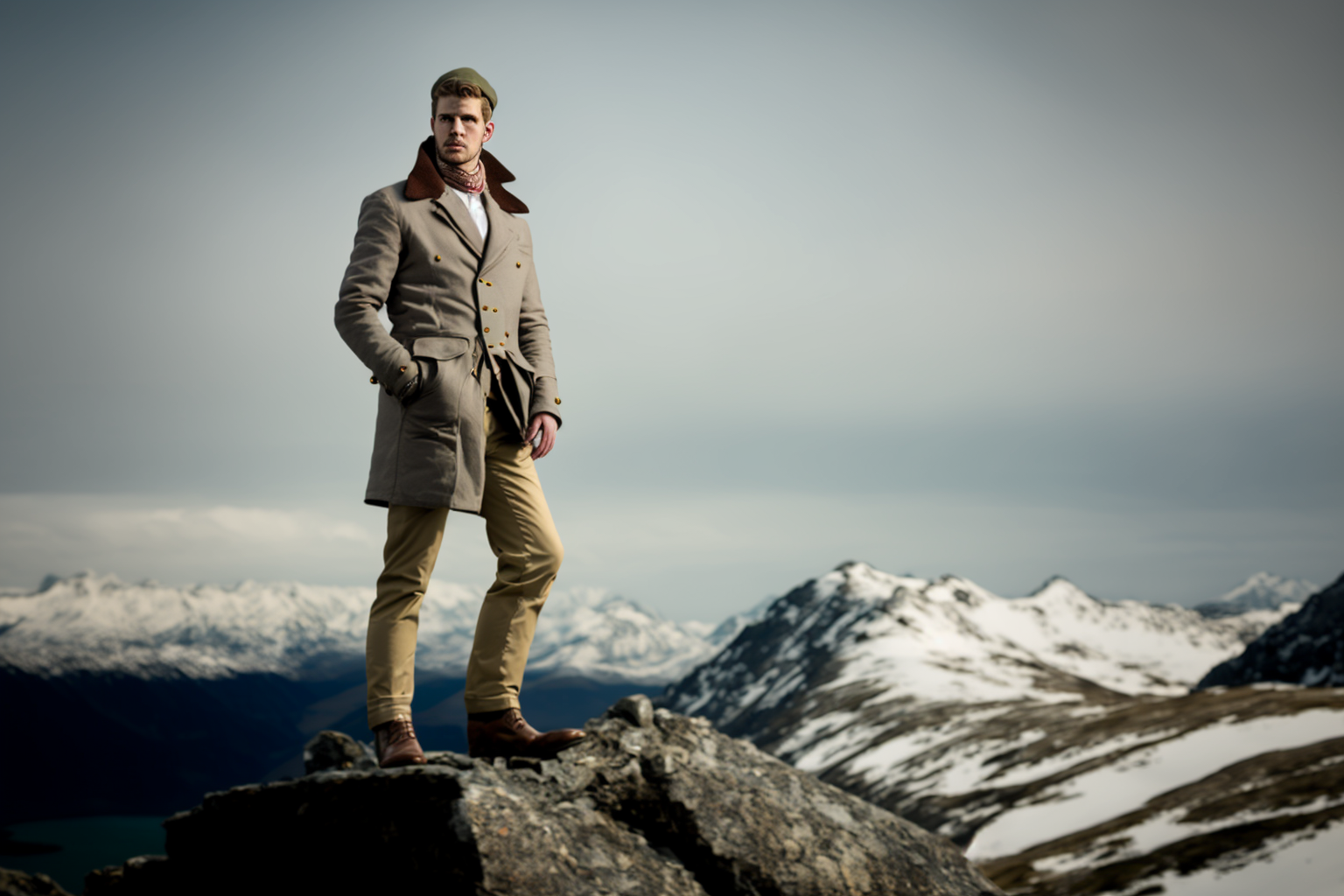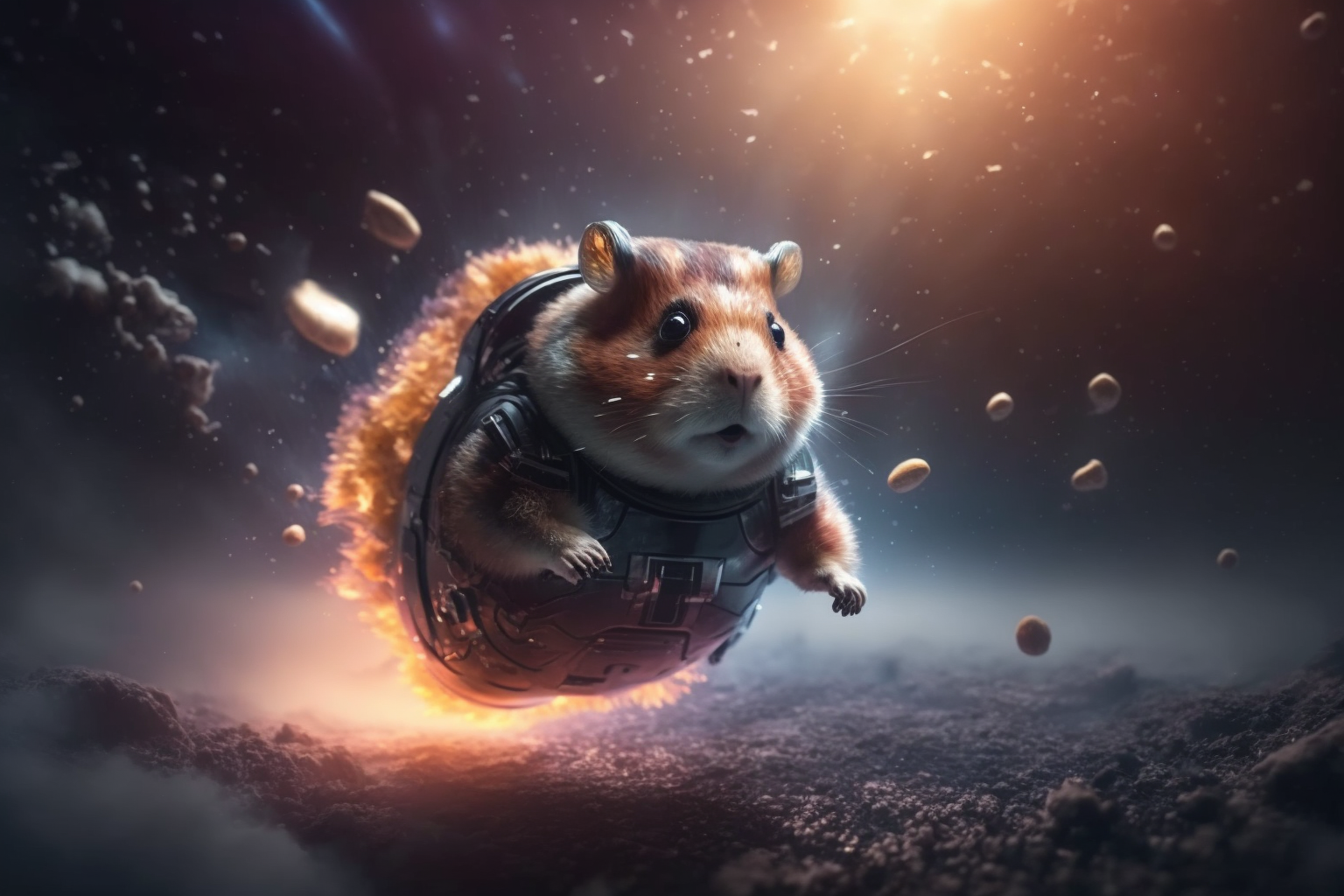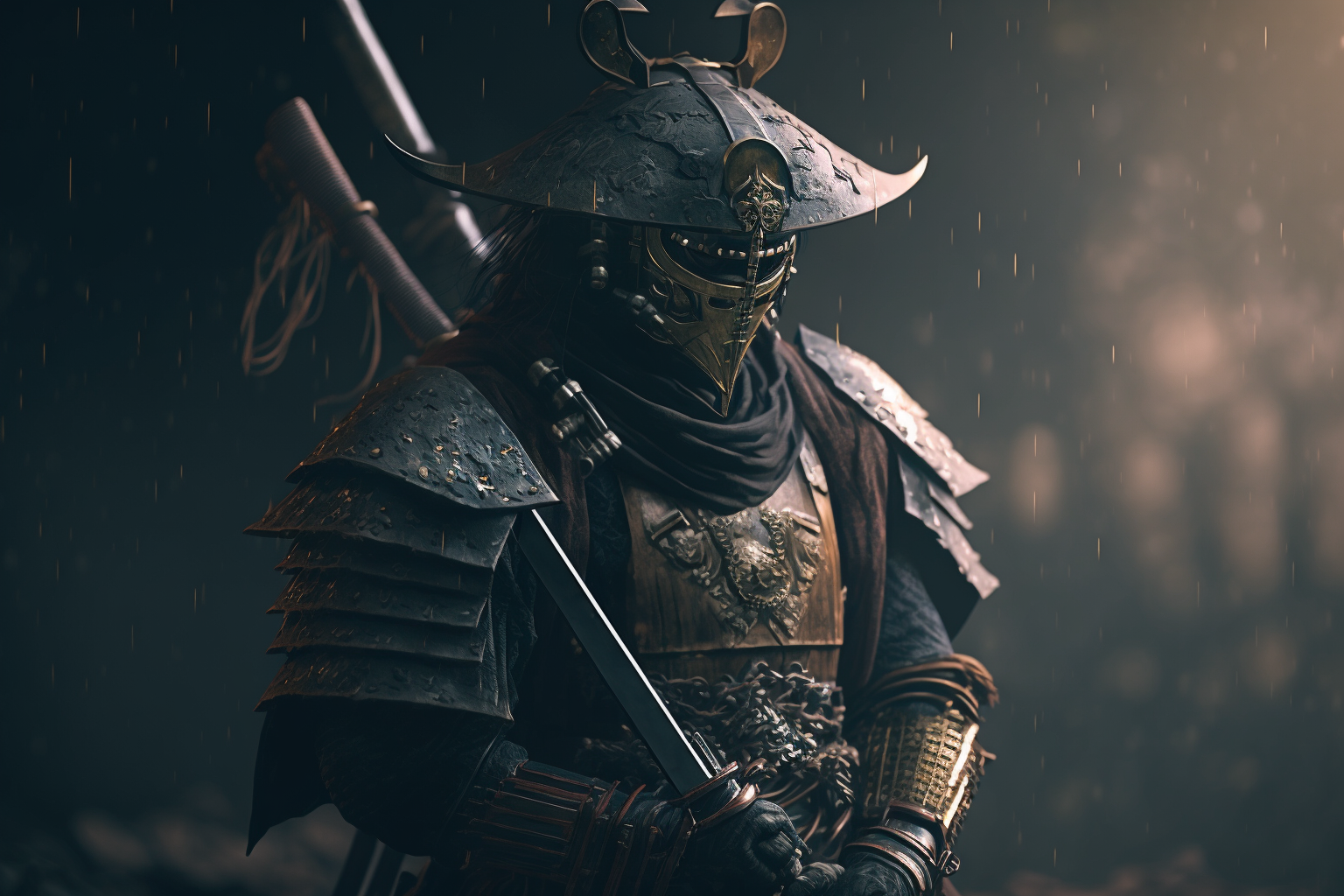Let's break down the process of creating 3 different scenes

Portrait of man looking into the mountains
/imagine portrait of a man looking fiercely into the distant mountains, full body visible, shot on cinestill 800t 35mm film, with leica m9 Voigtländer 35mm classic, distopian lighting, key visual, character design, looking fierce into the camera, cinematic colorgrade, highly detailed fabric, subtle catchlight --q 2 --ar 3:2 --chaos 80Breakdown
Portrait of a man - I chose this composition because it gives a clear focus on the subject, the man. The attention will be solely on him and the expression he's making. Full body visible - By having the full body visible, it gives the viewer a complete understanding of the subject's stature, posture, and overall presence in the scene.
Shot on cinestill 800t 35mm film - The choice of film stock here is important because it gives the image a certain texture and grain that's different from digital. It gives the image a classic, almost timeless feel that's perfect for a cinematic shot.
With Leica M9 Voigtländer 35mm classic - This camera is known for its high image quality, and the lens choice helps to create a unique look with shallow depth of field and a pleasing bokeh.
Dystopian lighting - This type of lighting helps to set the mood for the shot, giving it a darker, moodier feel. It also helps to create shadows and contrast, which can make the subject stand out even more.
Key visual - This term implies that the image is important, it serves a purpose of catching the viewer's eye and communicating a message. Character design - This term means that the subject is not just a random person, but rather a designed character with a specific look and feel, adding to the story-telling aspect of the shot.
Looking fierce into the camera - By having the subject look directly into the camera, it creates a connection with the viewer, drawing them into the scene and making them feel as though they're part of the story.
Cinematic color grade - This term implies that the colors in the image have been carefully selected and adjusted to create a specific mood and feel, making the image look like it belongs in a movie.
Highly detailed fabric - By focusing on the details of the subject's clothing, it adds depth and realism to the image, making it feel more grounded in reality. Subtle catchlight - A catchlight is a highlight in the eye created by the light source, and by making it subtle, it adds life to the eyes without being too overpowering.
Aspect ratio 3:2, Chaos 80 - The aspect ratio helps to determine the proportion of the image, while the chaos factor affects how much randomness is added to the final result, giving the artist some control over the final outcome.

Hamster in a space suit floating away from explosion
/imagine a cinematic wide shot of a hamster in a space suit floating away, space explosion, action, cinematic, matrix filter, photorealistic, 8k, cinematic lighting, cinematic filterBreakdown
For the image description of a hamster in a space suit floating away with a space explosion, I chose terms to emphasize the action, cinematic quality, and photorealism of the scene.
Shot type - Wide shots give the audience a sense of the environment and surroundings, while portraits allow the audience to focus more closely on the subject.
Lighting - Lighting can create a mood, set the tone, and help to bring out the details in the image. For example, a "dystopian lighting" can give the audience a sense of an oppressive or bleak environment.
Camera - The choice of camera and lens can impact the style and quality of the image. In this case, the "Leica M9 Voigtländer 35mm classic" lens is used to create a cinematic look.
Color grading - The choice of colors can set the mood, evoke emotions, and create a certain atmosphere. For example, a "cinematic colorgrade" can give the audience a sense of a high-quality, professional-looking image.
Detail - High levels of detail can bring the image to life and make it look more realistic. For example, a "highly detailed fabric" can give the subject a lifelike look and texture.
Chaos - This term refers to the level of randomness and unpredictability in the image. A higher level of chaos can create a sense of unpredictability and action.
Finally, you should think about how the final image will be presented. The aspect ratio, resolution, and quality can all impact the final image, and should be chosen based on the desired final outcome.

Samurai holding a katana
/imagine Samurai holding katana, really tall, shining armor, glossy skin, reflections coming off armor, neural network, dark foggy mood, hyperrealistic, octane render, unreal engine, light gloom, 8k, cinematic character, 35mm lens, cinematic, movie still photography, shot with canon --v 4 --ar 3:2 --uplightBreakdown
When crafting this prompt, I had a specific image in mind - that of a proud and powerful samurai standing tall, with their shining armor reflecting light in a dark and moody atmosphere. To bring this vision to life, I started by choosing key terms that would help set the scene and capture the desired look and feel.
"Samurai holding katana": This term sets the focus on the subject of the image, a samurai warrior. By including the specific weapon they are holding, the katana, I am providing a visual cue to their skill and power.
"Really tall": This term emphasizes the height and stature of the samurai, reinforcing their dominance in the scene. "Shining armor, glossy skin": To create a polished, high-quality look, I wanted to convey that the samurai's armor and skin are reflective and full of shine. These terms help to set the tone for a detailed and visually stunning image.
"Reflections coming off armor": This term takes the shine one step further and emphasizes that the armor is so reflective that it is creating reflections in the environment.
"Neural network": By incorporating this term, I am indicating that the final image should be created using cutting-edge technology and advanced artificial intelligence. This will help achieve a hyper-realistic look and feel.
"Dark foggy mood": This term helps to set the tone for a moody, dramatic atmosphere. The dark and foggy mood creates a sense of mystery and foreboding, which fits well with the theme of a powerful samurai. "Hyperrealistic": This term helps to reinforce the idea that the final image should be incredibly detailed and look as close to reality as possible.
"Octane render, Unreal Engine": These are specific tools that are used in the creation of digital images. By including them in the prompt, I am indicating that the final image should be created using these programs.
"Light gloom": This term helps to further reinforce the moody, atmospheric feel of the image. The light gloom creates a sense of dramatic tension and sets the scene for a powerful samurai.
"8k": This term refers to the resolution of the final image. By choosing 8k, I am indicating that the final image should be incredibly high-quality and detailed. "Cinematic character": This term helps to reinforce the idea that the final image should have a cinematic feel. It is important to remember that the focus is on the samurai as a character, rather than just a collection of detailed armor and weapons.
"35mm lens, cinematic, movie still photography": These terms help to emphasize the cinematic look and feel of the final image. By using a 35mm lens, I am indicating that the final image should have a specific type of depth and perspective.
"Shot with Canon": This term specifies the type of camera that should be used to create the final image. By choosing Canon, I am indicating that a specific brand and model of camera should be used to achieve a particular look.